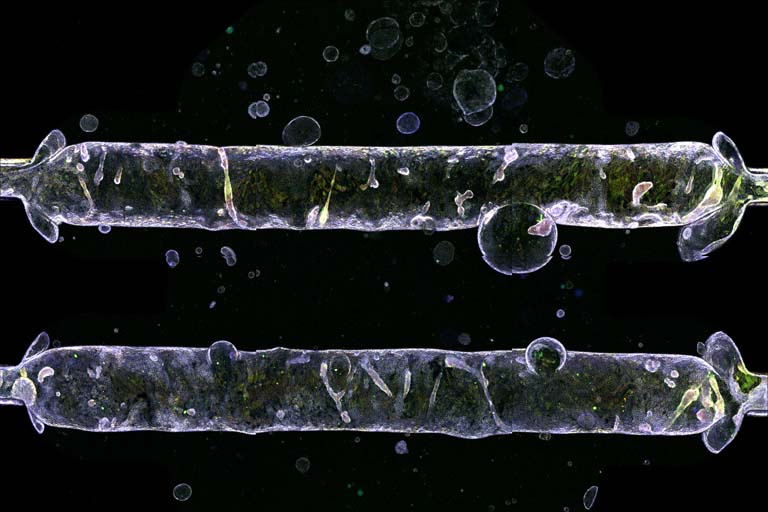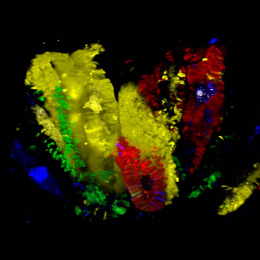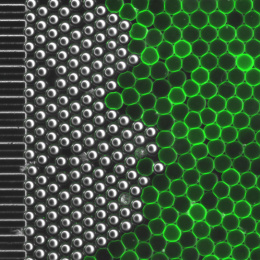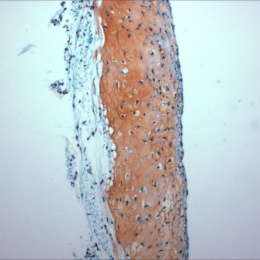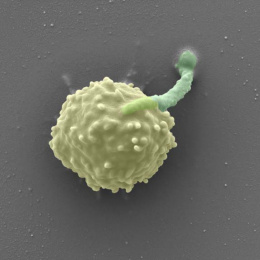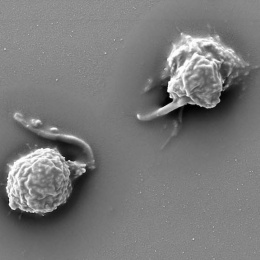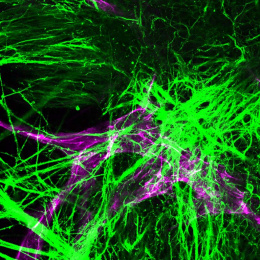Building a Biliary Tree With Tiny Technologies 1
Building a Biliary Tree With Tiny Technologies 1
Quinton Smith
Koch Institute at MIT, Institute of Medical Engineering and Science
Annually, over 3,000 people in the United States die due to liver failure waiting for an organ donation. As such, there is a clinical need for therapeutic alternatives. Patterned or self-assembled vascularized liver constructs containing hepatocytes and mesenchymal stem cells or fibroblasts, are able to augment the function of damaged livers post implantation. They extend the lifespan of chronically injured mice and expand while maintaining the capacity for protein synthesis and drug metabolism. The full potential of this cellular therapeutic relies on a functioning biliary tree, which is essential in the removal of toxins and longevity of the engineered grafts.
Using tiny technologies, we can engineer micro-devices that allows one to orient cells in their native architecture. Here we have two parallel channels within a natural material that mimics the human body, lined biliary epithelial cells, re-creating the features of the biliary conduit in the liver, which is responsible for transporting bile acid. This image represents one of only several demonstrations of an engineered in vitro bile duct, having potential to study the mechanism of flow in biliary homeostasis and cancer.
